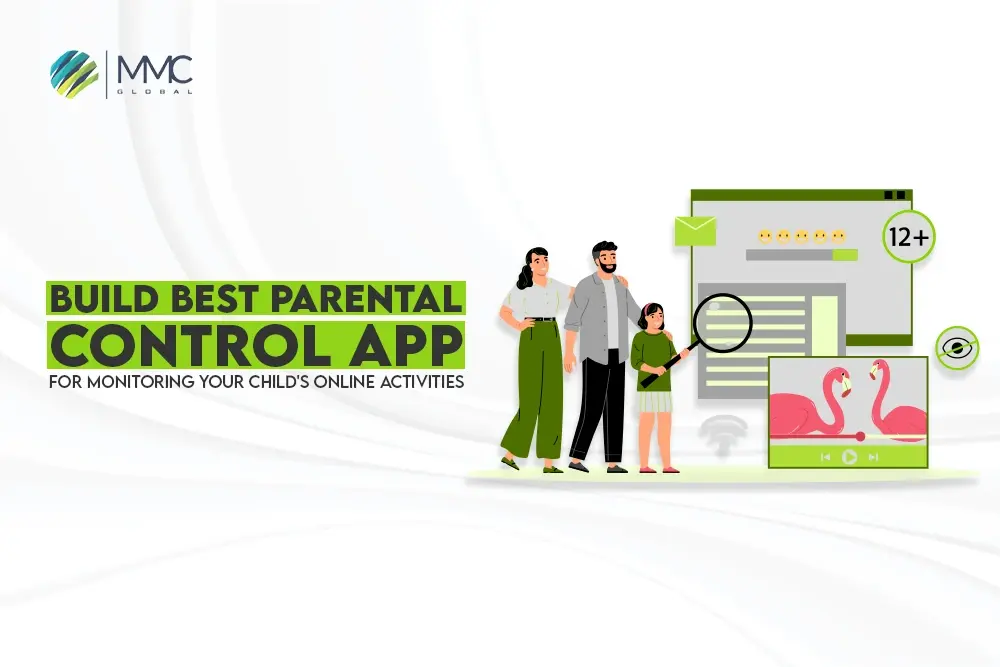React Native Development – Do’s and Don’ts For Building Mobile App
As developers or normal humans, we learn something while doing wrong. Once we get the final result, we analyze where they should need more improvements—after that, sharing that experience with our fellows and friends helped them perform well. In this article, I will share my React Native development experience to help you build a high-performing app without wasting time making mistakes and then fixing them in long hours.
The Do’s and Don’ts of React Native
First, Start with Dos!
Do Concentrate on Navigation Strategy.
It’s been a long time since React Native teams have worked to solve navigation issues, and while they’ve fixed a lot of them. There’s still a lot more that has t set in order to give a smooth experience. Users may be put off by the difficulty of navigating between screens in your app.
PRO-TIP
- Introduction to React navigation, a standalone library! It is compact and performs well for both small and big-scale applications. Numerous apps use this library for navigation functionality, and developers frequently recommend it.
- Navigation Experiment: Quite well for complex projects, but it isn’t easy to implement.
- iOS Navigator: This navigation is only functional for iOS app development.
- Navigator: Effective for only small project development with minimum features.
Do Make sure to Cache Images.
Although images are a major component of React Native and are used to show images, there is no out-of-the-box solution for challenges like:
In general, there is a lack of performance and cache loading, flickering image, and too many graphics rendered on a single screen.
Third-party libraries, such as react-native-fast-image, can readily alleviate these difficulties. This library is compatible with both iOS and Android and performs well.
Do Use Of React Native Animated Library.
One of the most common ways to render animations in React Native apps is via the Animated library. The Animated library uses NativeDriver to deliver animations across the native bridge before appearing on the screen. NativeDriver is a WebDriver API implementation that controls the UI of a native application rather than a web application.
It allows the animation to run without being hampered by blocked JavaScript threads, resulting in a smoother, flicker-free experience with no frame drops. If you wish to utilize the native driver with the Animated library, you must set the value to true.
Learn More: 8 Most Sought After React Native Animation Libraries
Do Use Appropriate Image Size
When it comes to React Native speed, picture optimization is critical when the app depends significantly on photos. If the size of the images does not properly optimize, rendering this many images will result in a large memory utilization on the device, which might lead to a major mishap such as the app crashing.
Prevent JPG and instead use PNG or WEBP, which may reduce the binary size on both Android and iOS by 29%. Try to pick smaller images to embed on the app. This is how you can optimize your image appearance and size.
Do Apply an Open-Source JavaScript Engine.
Hermes is an open-source JavaScript engine designed primarily for native and Android mobile apps. Since React Native version 0.60.4, Hermes released for Android. Hermes manages app performance while also exposing methods for analyzing the performance of the JavaScript it executes.
It can reduce the size of an App’s download, memory usage, and TTI (Time to interact) time. Hermes is now accessible on the iOS platform following the release of React native 0.64-RC.0.
Now The Don’t
Don’t Use To ScrollView.
There are two approaches to implementing lists in React Native if you wish to display objects using scrollable lists:
- ScrollView
- FlatList
Scrollview is a simple to use iterator over a list of items with a finite number of elements. This strategy works well when the number of things on the list is small. Using Scrollview with a significant quantity of data, on the other hand, might have a direct impact on overall React Native speed.
FlatList is a React Native component that allows you to handle many items in a list format. The entries in FlatList are loaded slowly. On the other hand, the app consumes an inconsistent or excessive amount of memory.
Remember To Get Rid of Any Console Statements.
Console statements need debugging JavaScript programs. However, they are solely used for development. These statements might cause major React Native performance issues if you fail to delete them before bundling them.
You may use a plugin like babel-plugin-transform-remove-console to exclude these proclamations from production. If you don’t want to add further requirements to your React Native application, you may directly delete it.
Don’t Use Too Many Libraries and Framework.
Each library will leave a trace in your React or React Native application. As a result, just add libraries and functionality that you require, and eliminate any unnecessary dependencies. The screen load time impacts navigations, animations, tabs, and other features. Therefore the shorter, the better.
Don’t Use Anonymous Function.
‘Creating functions in render(),’ as developers term it, is a terrible technique that causes major React Native performance concerns. A new callback is produced each time a component re-renders, which isn’t a problem for tiny components.
Ending Notes
React Native is an open-source framework for building cross-platform mobile apps. The core of JavaScript is a set of components for creating interfaces and functionality. It’s a well-known framework for delivering a consistent user experience at scale.
React Native allows companies to construct mobile apps in a way that was previously unthinkable a decade ago, when native-like apps could be built using just one programming language, such as Java.
Things have changed in recent years; organizations have achieved significant advancements on both the iOS and Android platforms, but such upgrades need the assistance of competent React Native developers.



